Unique protected sites, diverse flora and fauna from all over the world — meet 15 international winners of Wiki Loves Earth photo contest!
After seven years of competitions the 8th WLE edition was different: due to the world health situation, it has been focused on online activities, encouraging participants to dig into photo archives and keeping safety. It lasted for one more month, between May 1 — July 31. Despite all challenges, we have got the 3rd biggest number of submissions in WLE history and the 3rd biggest number of countries participating in WLE since the start of the international contest.
This year, 34 countries all over the world organized Wiki Loves Earth photo contest. Among those, 7 countries have joined the competition for the first time: Belarus, Bolivia, Ireland, Guinea, Kenya, Rwanda, Turkey. As a result, we have received 106 240 submissions from 9095 uploaders.
The international jury team worked hard on selecting 15 international winners out of 340 winning photos on the local level. We are excited about the results, check them out!
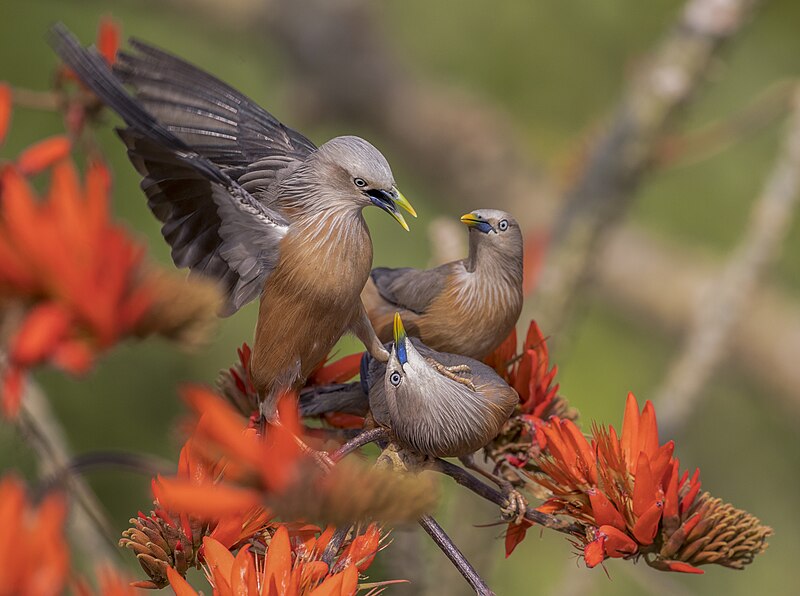 1st place: photo by Touhid biplob, CC BY-SA 4.0
1st place: photo by Touhid biplob, CC BY-SA 4.0
The winning picture attracts attention to its colours, movement and details, isn’t it? It depicts chestnut-tailed starling representatives in Satchari National Park, Bangladesh. The author says: “Two of them were ready to fight while the third one was looking at them with surprise”. Great catch!
 2nd place: photo by Luca Casale, CC BY-SA 4.0
2nd place: photo by Luca Casale, CC BY-SA 4.0
This photo brings us to the Po river belt in Italy. “Always good to see both a species and how it lives”, – says our international jury member. Now we know how a Common kingfisher is hunting in the waters!
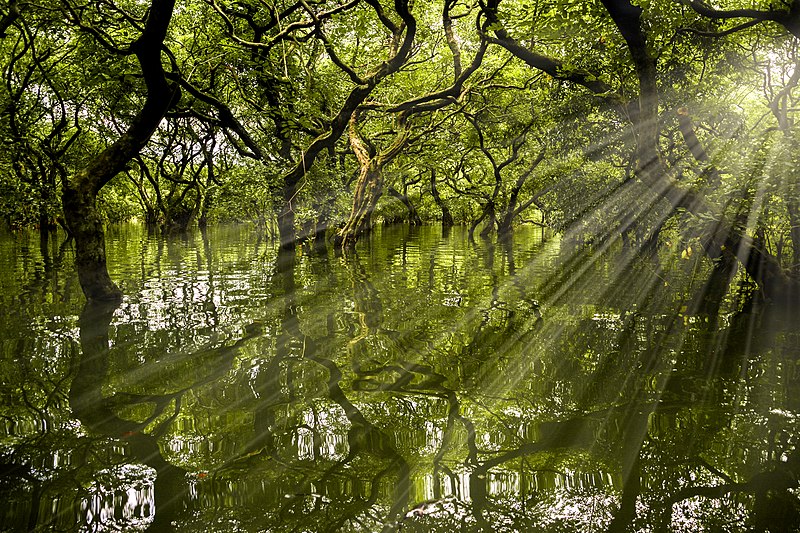 3rd place: photo by Nawas Sharif, CC BY-SA 4.0
3rd place: photo by Nawas Sharif, CC BY-SA 4.0
Ratargul Swamp Forest is the only swamp forest located in Bangladesh and one of the few freshwater swamp forests in the world. Jury members highlighted impressive sunlight and reflection in this picture which perfectly showed us the atmosphere of this place.
 4th place: photo by Senthiaathavan, CC BY-SA 4.0
4th place: photo by Senthiaathavan, CC BY-SA 4.0
“Babies always give hope”, – says our jury member about this photo and we can’t agree more. The picture depicts a baby of tufted gray langur nestled under its mother’s care at Yala National Park, Sri Lanka. It is the largest native primate in Sri Lanka based on average sizes.
 5th place: photo by Gurazuru, CC BY-SA 4.0
5th place: photo by Gurazuru, CC BY-SA 4.0
The karst formation known as the Pinnacles is located near the top of Mount Api, Gunung Mulu National Park. It is a UNESCO World Heritage Site in Malaysian Borneo known for its dramatic peaks and caves. It is the most studied tropical karst area in the world having 295 km of explored caves that houses millions of bats and swiftlets.
 6th place: photo by Ruchapong deemak, CC BY-SA 4.0
6th place: photo by Ruchapong deemak, CC BY-SA 4.0
The author captured Malayan owl, also called barred eagle-owl, in Khao Yai National Park, Thailand. Established in 1962 as Thailand’s first national park, it is the third-largest national park in the country. The photo shows its natural habitat — tropical moist lowland forest.
 7th place: photo by Md Mehedi hasan456, CC BY-SA 4.0
7th place: photo by Md Mehedi hasan456, CC BY-SA 4.0
That is how the red-tailed Bamboo Pit Viper in attack mode looks! The jury member noticed that it’s a very sensitive moment, the photographer put efforts waiting for the right moment. It depicts Sundarbans East Wildlife Sanctuary in Bangladesh.
 8th place: photo by Michael Angelo Luna, CC BY-SA 4.0
8th place: photo by Michael Angelo Luna, CC BY-SA 4.0
The author caught a beautiful moment in Taal Volcano Natural Park, Philippines. He went there 2 days after the volcano eruption to document the situation of the locals who live near: “It shows that a lot of people’s livelihood depends on resources and tourism brought by Taal Volcano and its surrounding lake. No matter how dangerous a volcano is, it has done wonderful things for the Earth like atmospheric cooling and fertilizing lands, therefore it should be protected because a lot of lives depends on it”.
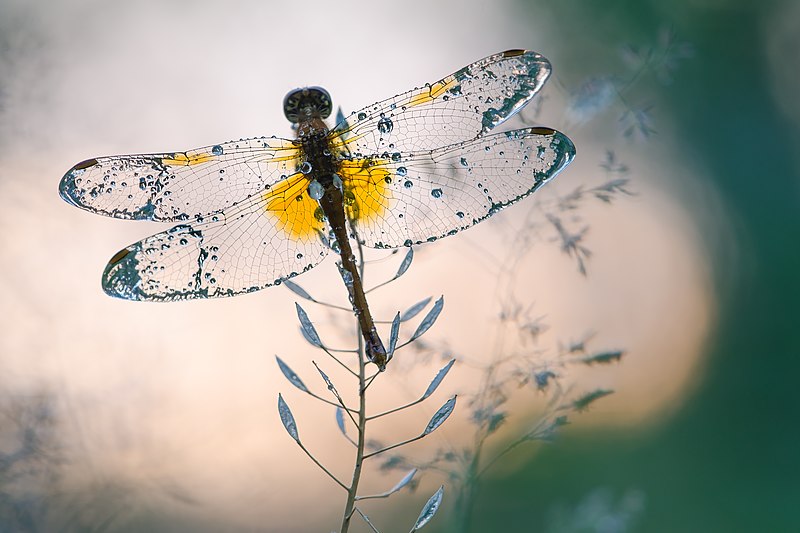 9th place: photo by Сергій Мірошник, CC BY-SA 4.0
9th place: photo by Сергій Мірошник, CC BY-SA 4.0
The juries highlighted how beautiful colours are in this photo of Sympetrum flaveolum in Pushcha-Vodytsia Park, Kyiv, Ukraine. This picture is already illustrating the Wikipedia article about a species. It’s among WLE goals: creating the biggest database of photos of nature heritage and illustrating articles and lists!
 10th place: photo by NadezhdaKhaustova, CC BY-SA 4.0
10th place: photo by NadezhdaKhaustova, CC BY-SA 4.0
“Love the fox, curled up, warm and alert at its vantage point. He is the focus of the image. But oh, what a splendid background”, — says our jury. Indeed, this Red fox chose an epic place to rest — near Vilyuchik Volcano, South Kamchatka Nature Park. It is a stratovolcano in the southern part of Kamchatka Peninsula, Russia.
 11th place: photo by Daniel Msirikale, CC BY-SA 4.0
11th place: photo by Daniel Msirikale, CC BY-SA 4.0
Ol Doinyo Lengai, “Mountain of God” in the Maasai language, is an active volcano located in the Gregory Rift, south of Lake Natron within the Arusha Region of Tanzania, Africa. It is the only active volcano that erupts natrocarbonatite lava. The photo shows us a stunning view of the volcano and a lake nearby.
 12th place: photo by Lucas Rosado Mendonça, CC BY-SA 4.0
12th place: photo by Lucas Rosado Mendonça, CC BY-SA 4.0
Caparao National Park was created in 1961 to protect the Caparaó Mountains, located on the border between Minas Gerais and Espírito Santo states in Brazil. This photo shows us amazing details of a species Aplastodiscus arildae living there.
 13th place: photo by Hwbund, CC BY-SA 4.0
13th place: photo by Hwbund, CC BY-SA 4.0
Common Kingfisher (Alcedo atthis) with caught fish for feeding the children was captured. The juries noticed a good composition and angle of this picture. Geo-Naturpark Bergstraße-Odenwald, Germany, has many species living in an area of 3,500 km² that lies between the rivers Rhine, Main and Neckar.
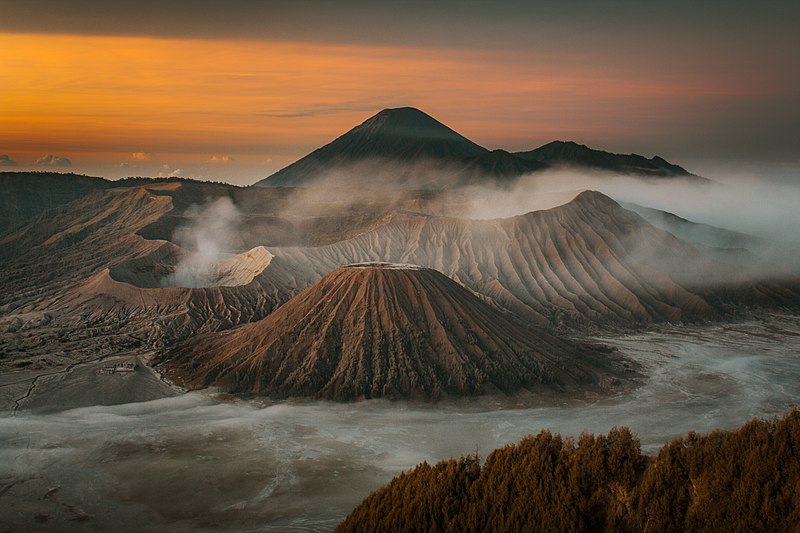 14th place: photo by Andhika bayu nugraha, CC BY-SA 4.0
14th place: photo by Andhika bayu nugraha, CC BY-SA 4.0
This photo depicts Bromo mountain in Bromo-Tengger-Semeru National Park, Indonesia. Looks mysterious, right? The author says: “When the sunset comes from the corner of Gili Lawa stunning horizon, it’s like the world is blessed all over again”.
 15th place: photo by Dipu ME-12, CC BY-SA 4.0
15th place: photo by Dipu ME-12, CC BY-SA 4.0
Meet one more Kingfisher in our top! The author perfectly captured the moment at the National Botanical Garden in Bangladesh. The picture gives us detailed information about the bird, its size and colours.
Find out more about the evaluation in the jury report in low and high resolution.
Do you have any questions about Wiki Loves Earth? Maybe you want to organize WLE in your country next year?
Contact us at wle-team@wikimedia.org.ua and we will tell you everything you want to know!
Follow us on social media:




 Second place.
Second place. 


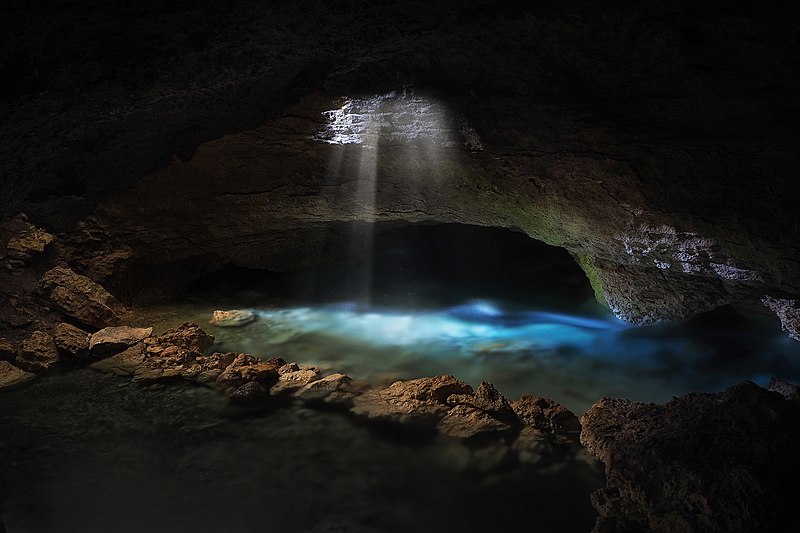


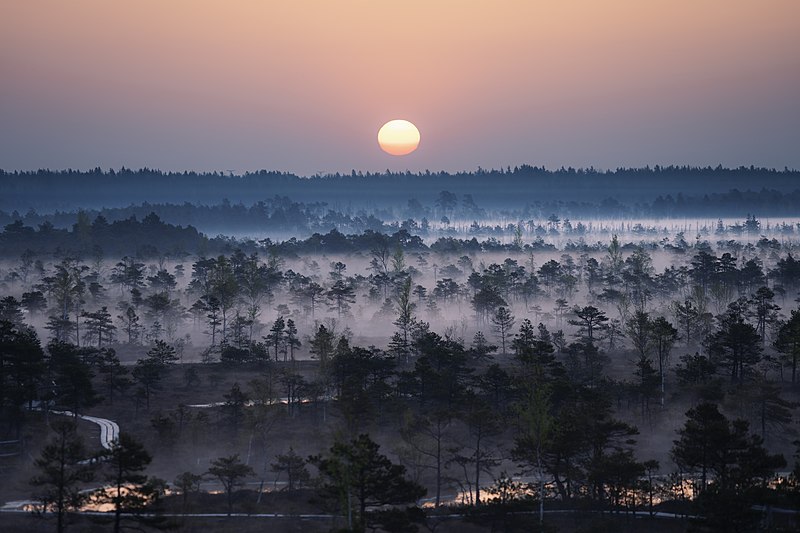
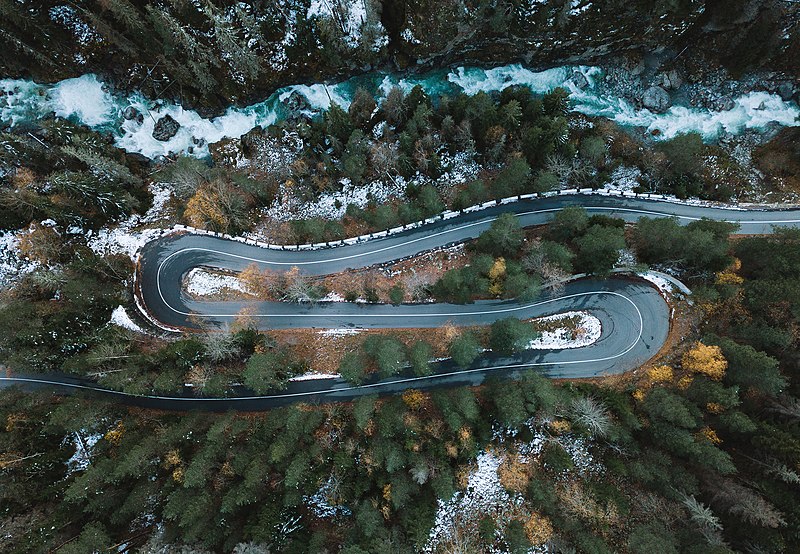

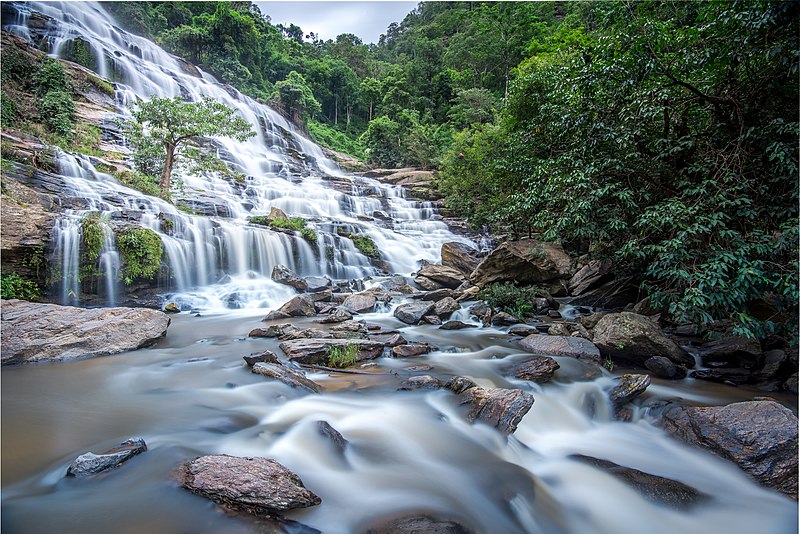


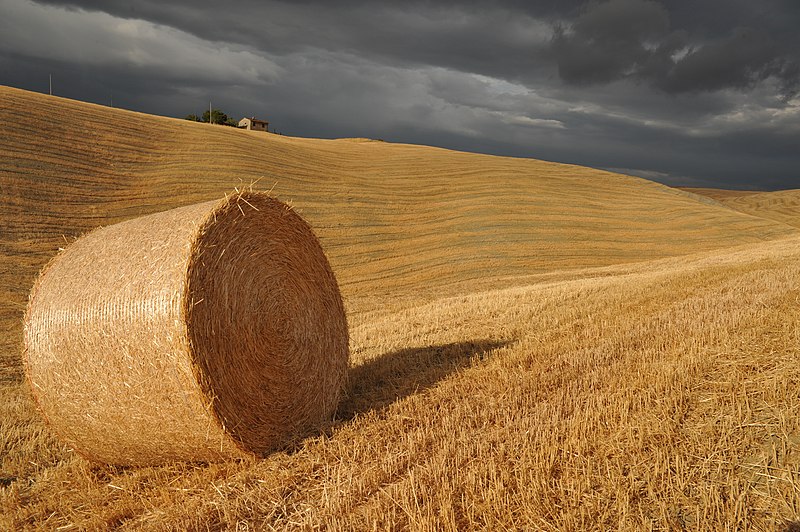



















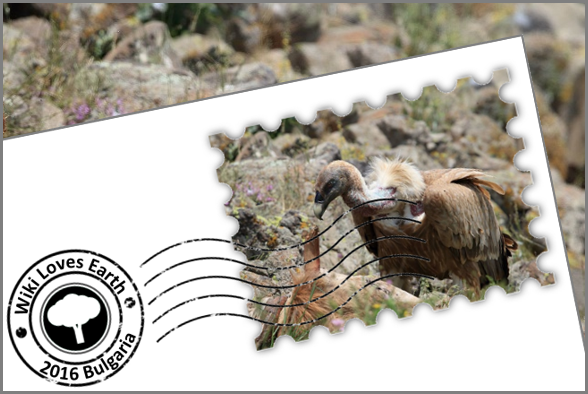





![View of the Laurisilva (Laurel Forest), island of Madeira, Portugal. Second place in Wiki Loves Earth 2015. Photo by Jnvalves, [CC BY-SA 3.0 license], via Wikimedia Commons](https://upload.wikimedia.org/wikipedia/commons/thumb/6/6e/O_Fanal%2C_Ilha_da_Madeira%2C_Portugal.jpg/800px-O_Fanal%2C_Ilha_da_Madeira%2C_Portugal.jpg)

![A Spider (Misumena vatia) killed a bee. Picture taken in Bratental nature reserve, near Göttingen, Lower Saxony, Germany. By Suhaknoke [CC BY-SA 3.0 license], via Wikimedia Commons](https://upload.wikimedia.org/wikipedia/commons/thumb/4/46/Spinne_Bratental_Ps.jpg/800px-Spinne_Bratental_Ps.jpg)
![European bee-eater, Ichkeul National Park, Tunisia. Photo by Elgollimoh [CC BY-SA 3.0 license], via Wikimedia Commons](https://upload.wikimedia.org/wikipedia/commons/thumb/3/3d/Guepier_d%27europe_au_parc_national_Ichkeul.jpg/800px-Guepier_d%27europe_au_parc_national_Ichkeul.jpg)
![Carpathian Biosphere Reserve, Zakarpattia Oblast, Ukraine. By Vian [CC BY-SA 4.0 license], via Wikimedia Commons](https://upload.wikimedia.org/wikipedia/commons/thumb/c/c4/%D0%A7%D0%B5%D1%80%D0%B2%D0%BE%D0%BD%D1%96_%D0%BA%D0%B0%D1%80%D0%BF%D0%B0%D1%82%D1%81%D1%8C%D0%BA%D1%96_%D0%B3%D0%BE%D1%80%D0%B8.jpg/800px-%D0%A7%D0%B5%D1%80%D0%B2%D0%BE%D0%BD%D1%96_%D0%BA%D0%B0%D1%80%D0%BF%D0%B0%D1%82%D1%81%D1%8C%D0%BA%D1%96_%D0%B3%D0%BE%D1%80%D0%B8.jpg)
![Nature reserve Wolayer See and surrounding area, Carinthia, Austria. By GeKo15 [CC BY-SA 3.0 license], via Wikimedia Commons](https://upload.wikimedia.org/wikipedia/commons/thumb/8/81/WolayerSee.jpg/800px-WolayerSee.jpg)
![Cormorants at dusk on the pond of Vaccarès, France. By Ddeveze [CC BY-SA 3.0 license], via Wikimedia Commons](https://upload.wikimedia.org/wikipedia/commons/thumb/a/a7/Camargue_%C3%89tang_de_Vaccar%C3%A8s.jpg/800px-Camargue_%C3%89tang_de_Vaccar%C3%A8s.jpg)
![Limestone stalagmites inside the Anhumas abyss, Bonito, Brasil. By Caio Vilela [CC BY-SA 3.0 license], via Wikimedia Commons](https://upload.wikimedia.org/wikipedia/commons/thumb/6/6e/Abismo_Anhumas%2C_Bonito%2C_MS_2.JPG/800px-Abismo_Anhumas%2C_Bonito%2C_MS_2.JPG)
![High Tatras as seen from the Polish Spisz, Tatry Natura 2000 Special Area of Conservation, Lesser Poland Voivodeship, Poland. By Łukasz Śmigasiewicz [CC BY-SA 3.0 pl license], via Wikimedia Commons](https://upload.wikimedia.org/wikipedia/commons/thumb/a/ab/Tatry_i_Spisz1.jpg/800px-Tatry_i_Spisz1.jpg)
![Greater flamingo, Thyna, Tunisia. By Elgollimoh [CC BY-SA 3.0 license], via Wikimedia Commons](https://upload.wikimedia.org/wikipedia/commons/thumb/a/a9/Flamant_rose_Salines_de_Thyna.jpg/519px-Flamant_rose_Salines_de_Thyna.jpg)
![Khlong Lan Waterfall, Khlong Lan National Park, Kamphaeng Phet Province, Thailand. By Khunkay [CC BY-SA 3.0 license], via Wikimedia Commons](https://upload.wikimedia.org/wikipedia/commons/thumb/8/8c/Klonglan_waterfall_03.jpg/800px-Klonglan_waterfall_03.jpg)
![Malakatyn river at Bolshoy Lyakhovsky Island, part of Lena Delta Wildlife Reserve, Sakha, Russia. By Boris Solovyev [CC BY-SA 4.0 license], via Wikimedia Commons](https://upload.wikimedia.org/wikipedia/commons/thumb/a/aa/Lena_Delta_B.Lyakhovsky_Island_2010-09-28_Boris.jpg/800px-Lena_Delta_B.Lyakhovsky_Island_2010-09-28_Boris.jpg)
![Morning in Tolkuse bog, Luitemaa Nature Conservation Area, Pärnu County, Estonia. By Märt Kose [CC BY-SA 3.0 ee license], via Wikimedia Commons](https://upload.wikimedia.org/wikipedia/commons/thumb/b/bc/Roosa_hommikuudu_Tolkuse_rabas.jpg/800px-Roosa_hommikuudu_Tolkuse_rabas.jpg)
![Lines left after skiing on the snowy slopes of Baba Mountain below the peak Pelister, National park Pelister, Macedonia. By Ptahhotep [CC BY-SA 4.0 license], via Wikimedia Commons](https://upload.wikimedia.org/wikipedia/commons/thumb/7/70/SkiLines.JPG/800px-SkiLines.JPG)
![Special nomination: Apis Mellifera drone - moments at birth, Brasil. Photo by Jonathan Wilkins [CC BY-SA 3.0 license], via Wikimedia Commons](https://upload.wikimedia.org/wikipedia/commons/thumb/b/bf/Drone_Reconnoitering.jpg/750px-Drone_Reconnoitering.jpg)